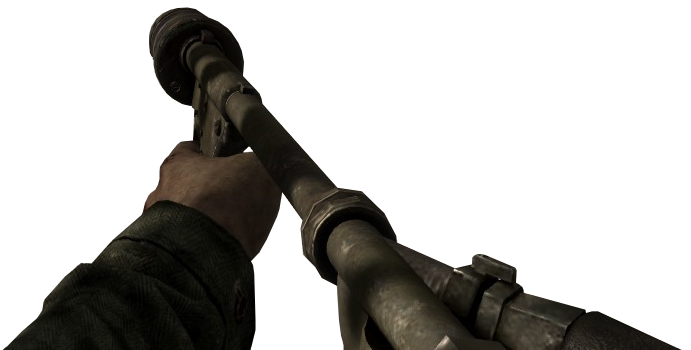

The smaller Flammenwerfer, light enough to be carried by one man, used gas pressure to send forth a stream of flaming oil for a distance of about 20 yards (18 metres).

Modern flame throwers first appeared in the early 1900s when the German army tested two models, one large and one small, submitted by Richard Fiedler. To achieve maximum results, several short bursts were usually fired rather than one long blast. The portable type, carried on the backs of ground troops, had a range of about 45 yards (41 metres) and enough fuel for about 10 seconds of continuous “firing.” Larger and heavier units installed in tank turrets could reach out more than 100 yards (90 metres) and carried enough fuel for about 60 seconds of fire. As used in World War II and later wars it consisted basically of one or more fuel tanks, a cylinder of compressed gas to supply the propelling force, a flexible hose connected to the tanks, and a trigger-nozzle equipped with some means of igniting the fuel as it was spewed forth.



 0 kommentar(er)
0 kommentar(er)
